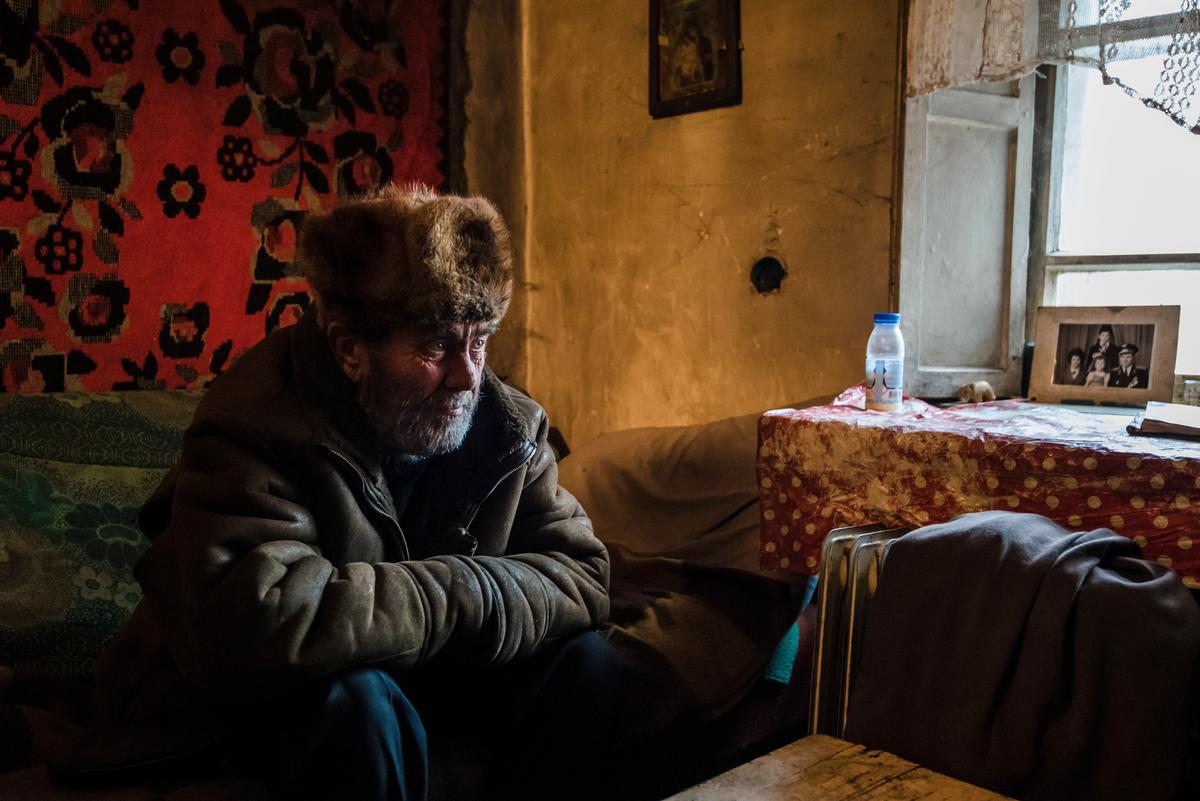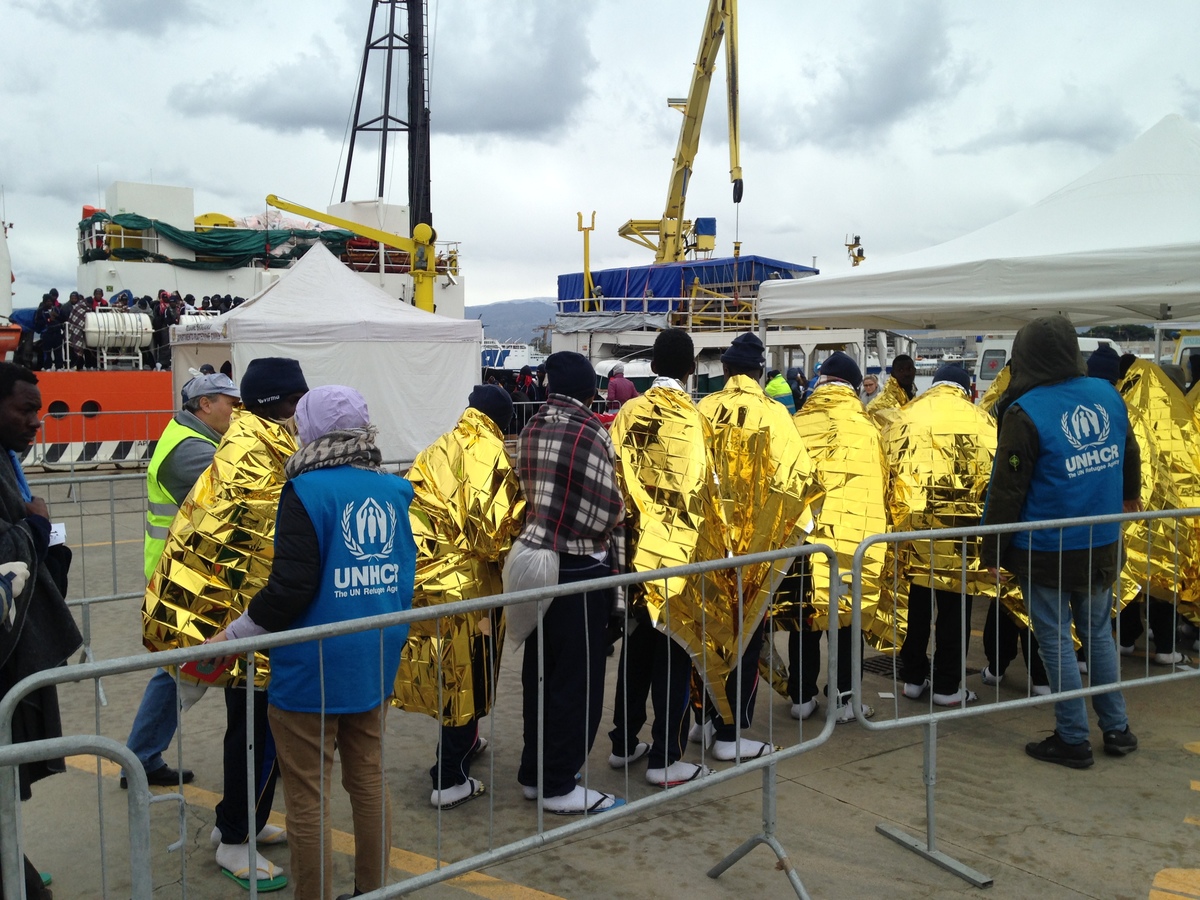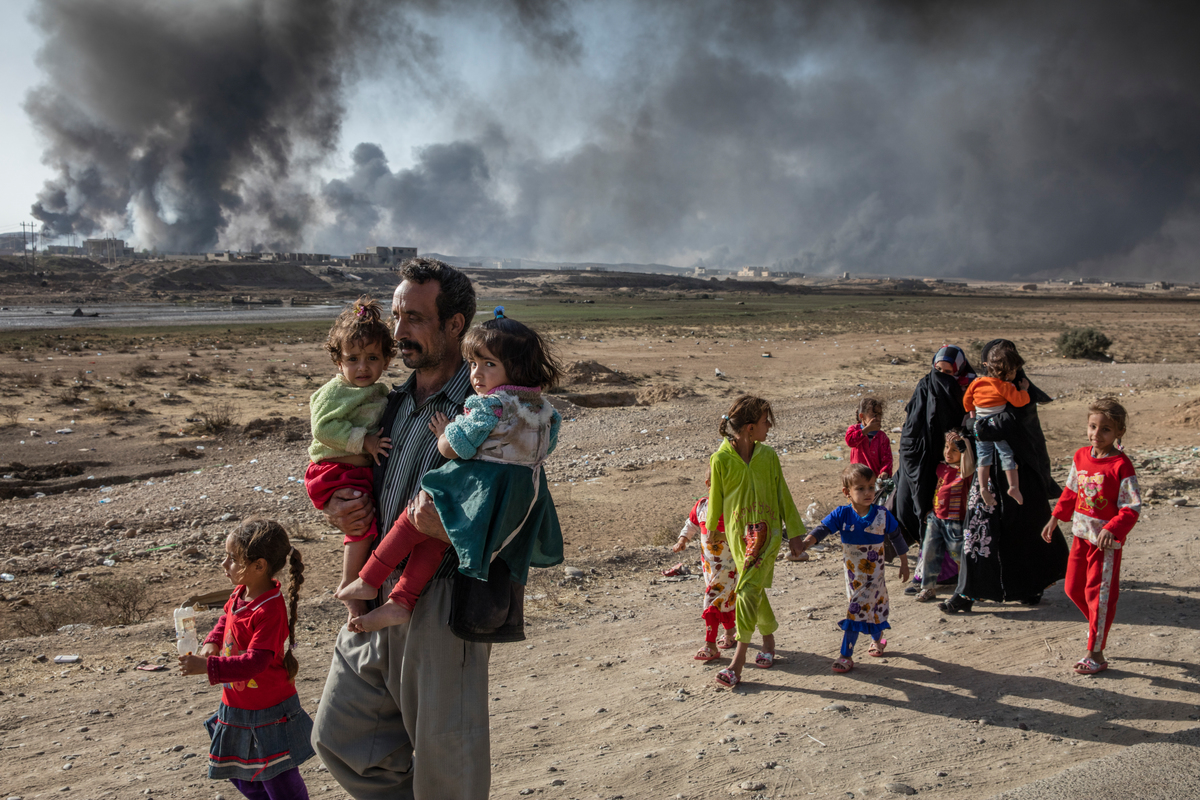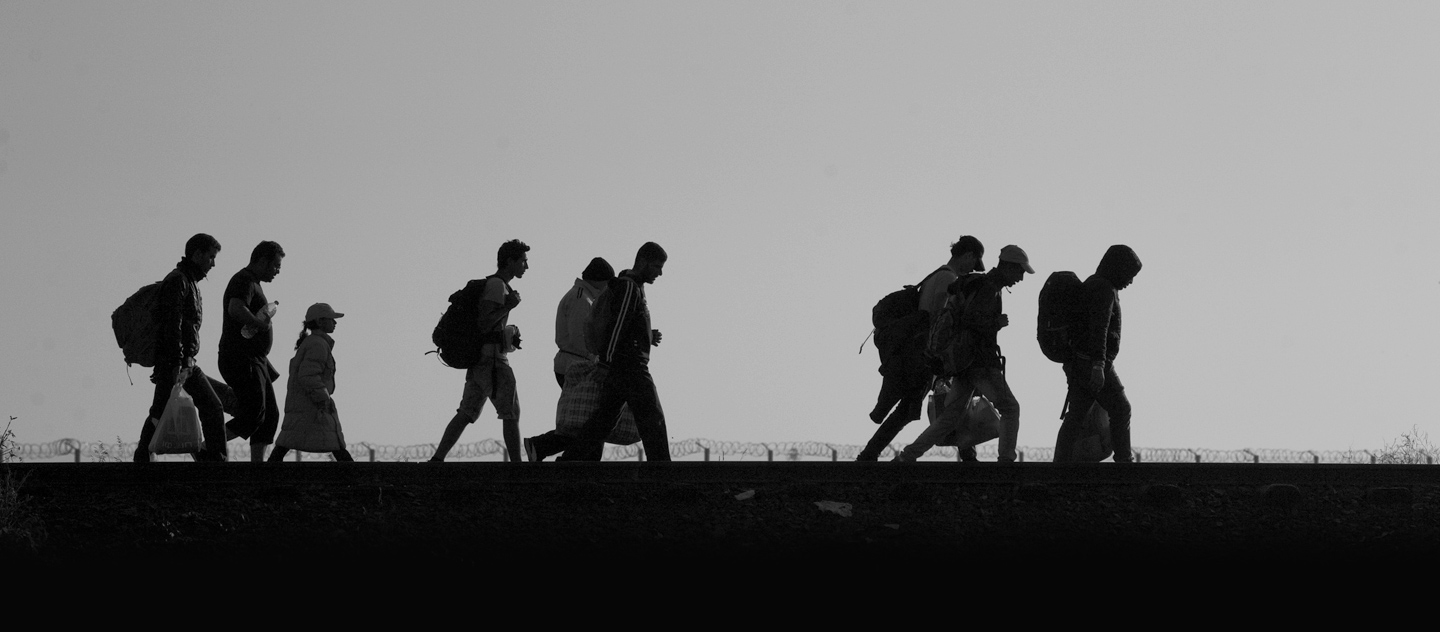Second quarter asylum statistics for industrialized countries
Second quarter asylum statistics for industrialized countries
The number of asylum applications in industrialized countries has continued to fall during the first half of 2005, maintaining the sharp downward trend that began in 2002, according to the latest UNHCR report. Overall, the number of asylum seekers arriving in all 36 listed industrialized countries fell by 18 percent, compared to the same period last year (from 189,900 to 156,200), and by 35 percent compared to the same period in 2003, when 240,800 people claimed asylum.
The number of new applications in the 24 European Union countries covered by the report was 112,200 - 17 percent fewer than during the first six months of 2004. The EU total is 30 percent lower than during the same period two years ago. No quarterly figures are available for Italy, so that country is also excluded from all historical comparisons.
The most dramatic change was in the ten new EU countries, which had to some extent bucked the prevailing downward trend last year. However, during the first six months of this year, the numbers arriving in these ten states fell by 34 percent compared to the same period last year.
France was the top receiving country, with 27,400 applications during the first six months of 2005. France's half-yearly totals have remained remarkably steady over the past two and a half years (27,900 and 31,400 in the two semesters in 2003, and 30,000 and 28,600 in 2004). Nevertheless, the overall trend there has also been slightly downwards.
The next largest receiving countries so far in 2005 are the United States with 25,400 asylum applications, down 8 percent on the same period last year; then the UK, down 23 percent to 15,500; Germany, down 29 percent to 13,300; Austria, down 26 percent to 9,200; Canada, down 26 percent to 8,700; and Sweden, down 30 percent to 8,000.
Perhaps the most dramatic decrease was recorded by Slovakia, which was down 78 percent compared to the first six months of last year. Close neighbours Poland and the Czech Republic also saw substantial decreases. However, several other "new" EU countries saw major increases, including Cyprus (up 26 percent to 4,000), Slovenia (up 38 percent to 850) and Malta (up 103 percent to 550). Among the "old" EU countries, Greece saw the biggest increase, up 101 percent to 5,500. No other "old" EU country increased by more than 10 percent.
In all, 14 of the 36 countries listed have seen their half-yearly total drop by 40 percent or more since the same period two years ago, and eight have seen their totals fall by more than half.
Serbia and Montenegro (which includes Kosovo), was the leading country of origin, with 10,800 asylum applicants during the first six months of this year. China and the Russian Federation - which includes Chechnya - came next (both with 9,400), followed by Turkey (7,100), Iraq (5,700) and Haiti (5,300). Eight of the top ten countries of origin saw their numbers of asylum seekers fall - the exceptions being the Iraqis and Haitians who went up by 31 percent and 20 percent respectively compared to the first six months of last year. After falling away spectacularly during 2003, the number of Iraqi asylum seekers began creeping up again half way through 2004, and has remained fairly steady at just under 3,000 during the last three quarters.








